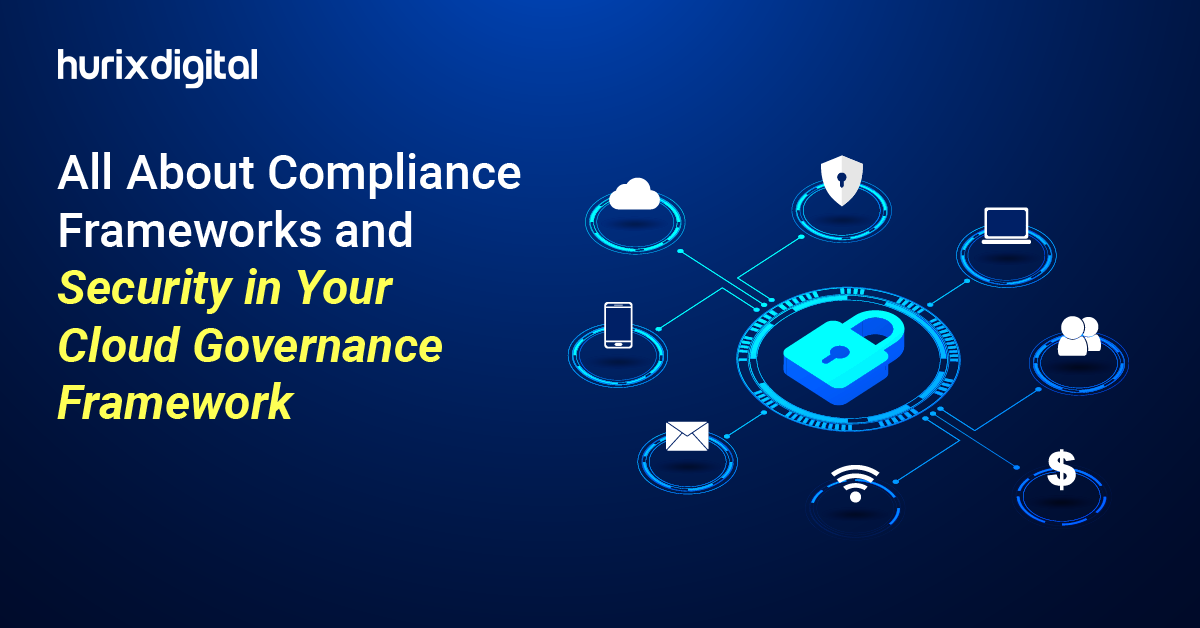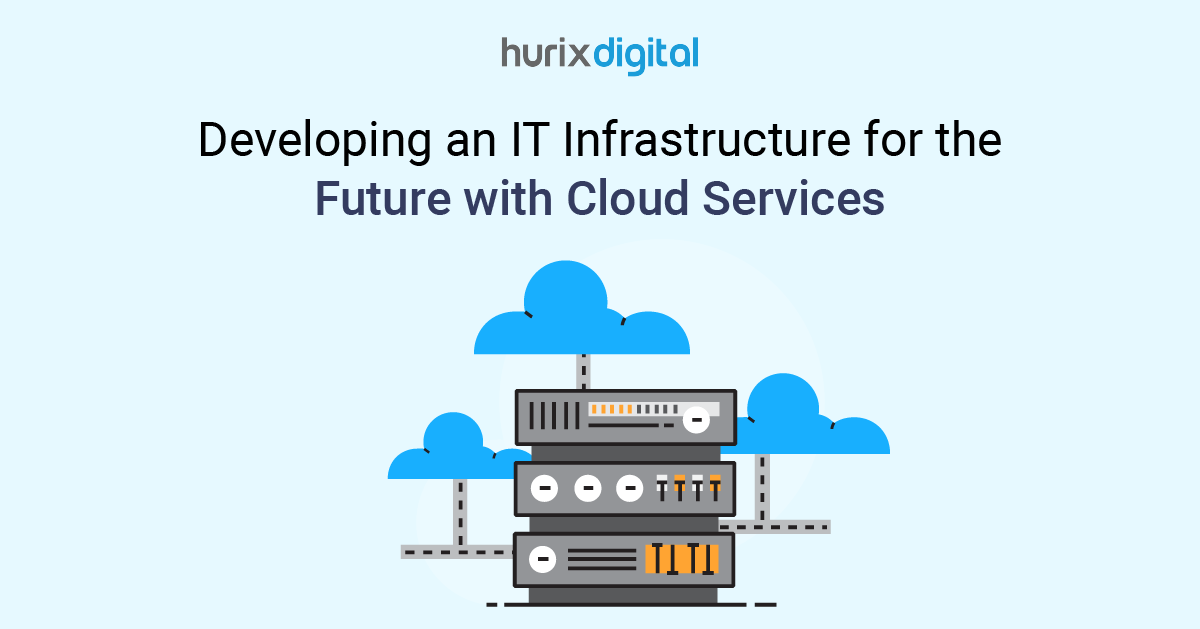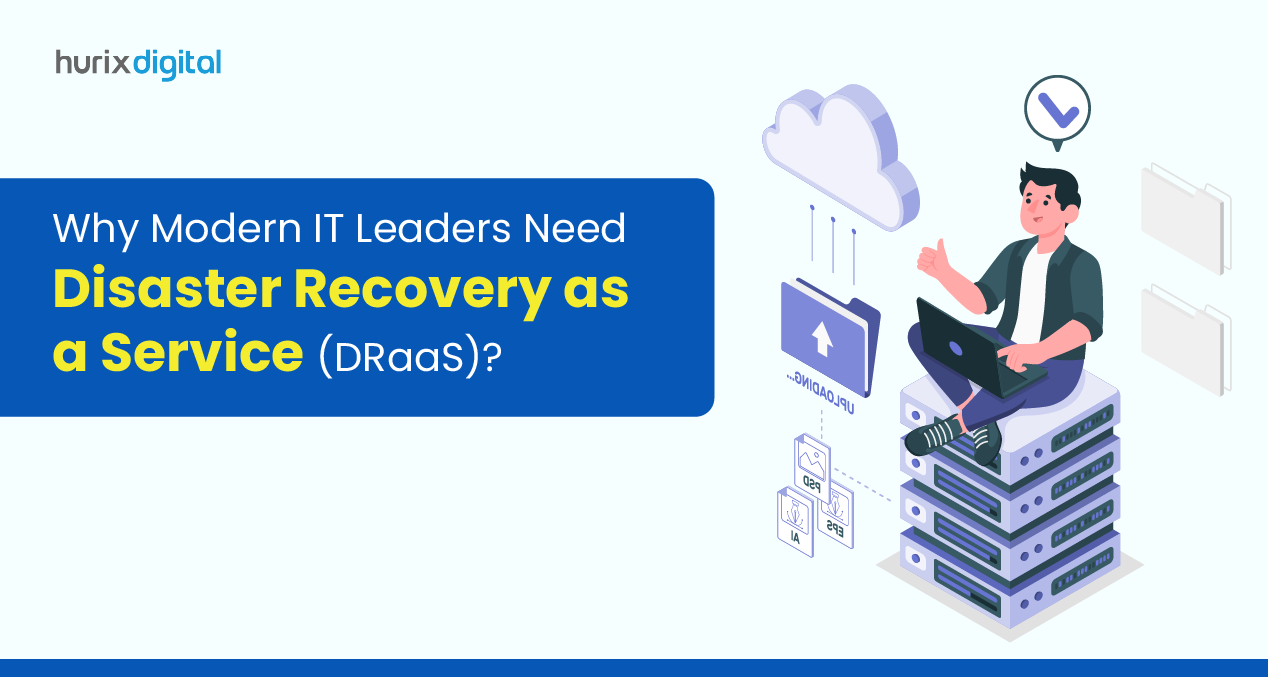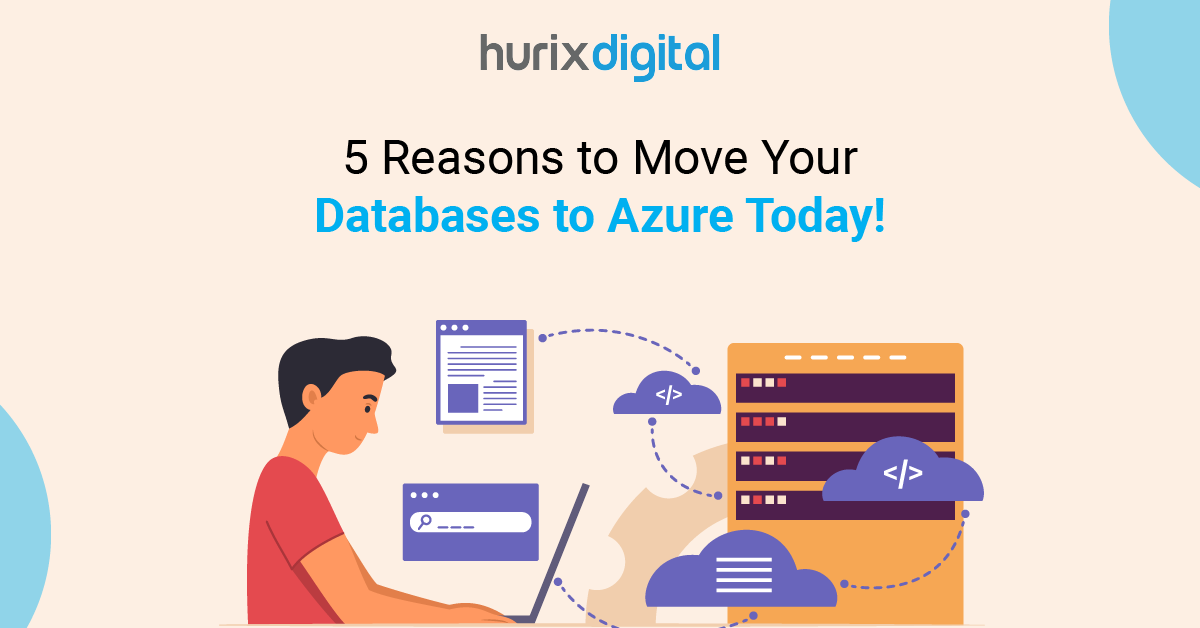
All About Compliance Frameworks and Security in Your Cloud Governance Framework
Summary
This article covers cloud governance, compliance frameworks, key components like policies, risk assessment, security controls, AWS, Azure, and best practices like audits and encryption.
Strong security in your cloud architecture framework is crucial, as data threats and breaches have become a culture in this digital world. Organizations are adopting cloud solutions for flexibility, scalability, and efficiency.
But with that shift comes the necessity of effective cloud governance and compliance practices. IT sector leaders must be critical in designing and maintaining secure cloud compliance automation that addresses business and regulatory requirements.
This comprehensive guide discusses the importance of cloud governance and compliance frameworks and best practices for keeping your cloud environment safe and compliant!
Table of Contents:
- Cloud Governance and its Importance
- Key Components of a Cloud Compliance Framework
- The Fundamentals of Cloud Security Architecture
- What are Cloud Architecture Frameworks?
- Well-Architected Cloud Compliance Frameworks
- Best Practices in Achieving Cloud Compliance
- Conclusion
Cloud Governance and its Importance
Infrastructure-as-a-Service (IaaS) environments face cloud-related challenges like all other IT systems.
- According to a report, 40% of all data breaches were cloud-based
- Another survey showed that 80% of the firms faced cloud security incidents.
Such statistics reflect the growing need for companies to focus on compliance and security in different cloud applications.
Cloud governance revolves around the policies, processes, regulations, and tools that monitor an organization’s management of its cloud environment.
It ensures that all resources and operations are according to corporate objectives, security protocols, and compliance standards. A well-structured cloud governance framework helps businesses minimize risks, monitor resources, and enhance their operational efficiency.
Also Read: Streamlining DevOps with Integrated Cloud Management Solutions
Key Components of a Cloud Compliance Framework
A well-structured cloud governance framework is necessary for both security and regulatory compliance in cloud environments. The core ingredients of the framework are:
- Policies and Procedures
- Risk Assessment
- Security Controls
- Regulatory Compliance
- Incident Response Plan
- Training and Awareness
- Auditing and Monitoring
- Review and Improvement
The Fundamentals of Cloud Security Architecture
A secure cloud architecture is built on three pillars, familiarly known as the CIA triad:
- Confidentiality: It ensures that only users who are legally entitled to access it can view the data, preventing others from accessing or stealing it.
- Integrity: It ensures that cloud systems and data function at all times without alteration or changes.
- Availability: It ensures that the cloud’s services and resources are always available to those with permission when they are required.
Cloud Security Challenges and Statistics
According to a cloud security statistics report, at least 96% of companies have faced problems integrating the cloud, and 27% of them experienced a public cloud security problem.
Out of all companies, around 93% of organizations have figured out that one of the main reasons for non-compliance is human error. This shows the relevance of compliance automation.
What are Cloud Architecture Frameworks?
Cloud architecture frameworks are structured guidelines that help implement secure cloud solutions. Let’s have a look at some of the most important compliance frameworks:
1. CSA Controls Matrix
The Cloud Security Alliance Controls Matrix allows organizations to evaluate the security posture of cloud service providers. STAR Certification Program by CSA assures validation of the security controls of the top-tier cloud providers. The CSA Model comprises three key components:
- Centralization
- Standardization
- Automation
2. FedRAMP
The Federal Risk and Authorization Management Program is significant to any organization in collaboration with U.S. federal agencies. FedRAMP compliance requires an organization to review its security controls and maintain rich documentation. This rigorous process is significant to secure government data on the cloud.
3. NIST
Standards developed by the National Institute of Standards and Technology were mainly targeted at government agencies, but today, they are applied by private sector organizations. Some of the key NIST publications associated with cloud environments include the following:
- NIST SP 500-291: Available standards for cloud computing compilation.
- NIST SP 500-293: Cloud infrastructure security framework.
- NIST SP 800-53 Rev. 5: The most widely applied standard related to information system security.
- NIST SP-800-210 Guidelines for securing PaaS and IaaS services
4. ISO
The International Organization for Standardization framework revolves around universal cloud security standards. Some of them are:
- ISO/IEC 27001:2013: This is a guide for designing a secure IT management system for cloud applications.
- ISO/IEC 27002:2013: Best Practices guidelines on setting up security controls.
- ISO/IEC Technical Report 22678:2019: A guide for developing a cloud security policy.
5. GDPR
The General Data Protection Regulation derives its practices from principles like transparency, data minimization, accuracy, storage limitation, and integrity. It provides rights to European Union citizens, such as access to their data. In the cloud, GDPR compliance is a shared responsibility.
Well-Architected Cloud Compliance Frameworks
Cloud providers such as AWS, Google Cloud, and Microsoft Azure have developed detailed cloud architecture frameworks to guide organizations to structure their cloud environments properly. These three frameworks are organized around six key pillars:
- Operational Excellence
- Security
- Reliability
- Performance Efficiency
- Cost Optimization
- Sustainability
1. AWS Well-Architected Framework
The AWS Well-Architected Framework helps build secure, high-performance applications on the Amazon cloud. The objective is to build a cloud infrastructure that is resilient, secure, and adaptable to the business’s needs.
2. Google Cloud Architected Framework
The Google Cloud Architecture Framework is focused on helping cloud architects build reliable, secure, and efficient systems in Google Cloud. This framework allows organizations to use cloud governance tools to create performing, cost-efficient, and secure systems.
3. Azure Well-Architected Framework
The Azure Architecture Framework comprises best practices by Microsoft when using workloads for maximizing workloads, reliability, and data protection in the Azure cloud platform. This framework enables businesses to design cloud solutions that will help scale up, stay secure, and be efficient.
Best Practices in Achieving Cloud Compliance
Best practices for achieving and maintaining cloud compliance include the following:
- The cloud environment, including vulnerabilities, security gaps, and compliance risks, needs to be constantly scanned for.
- Perform audits, penetration testing, and vulnerability assessments to find weaknesses in your cloud infrastructure before they are exploited against you.
- IT leaders must develop obvious security and compliance policies that must be deployed on all cloud environments. Employees need to be well aware of these policies and trained to adhere to them.
- Evaluate the cloud provider’s security framework and trust providers that operate within the set cloud governance standards.
- Continuous monitoring must be deployed in the system. This will help the organizations to detect misconfigurations or inappropriate access.
- Upgrading the existing IT staff is more effective than hiring new ones. Constant training, in the form of growing and improving education in cloud security practices, prepares employees to keep pace with emerging threats.
- Back up and encrypt your data, as this is a very important mechanism that safeguards against cyber threats.
Also Read: Redefining Data Management in Cloud Modernization for Compliance and Accessibility
Conclusion
IT leaders of every organization must ensure that the cloud architecture is secure and compliance-friendly. The need of the hour is to build a resilient cloud environment using the shared responsibility model and regulatory requirements, including best practices.
Cloud security is complicated, and it becomes even more so with multi-cloud deployments. However, the right cloud governance tools can make it easy and seamless. Consult experts at Hurix Digital to learn more about proactive policies and ongoing training for your staff.
Talk to our team today to learn more about secure cloud services for safe data migrations.

Vice President and Strategic Business Unit Head – Cloud Services
A top technology management voice on LinkedIn with 20 Years of experience in Information Technology, Cloud Services, Digital Transformation, Application Modernisation, Managed Services, IT Security Engineering and Operations Management. An avid technology Leader, Leadership Speaker, Author & Coach.








